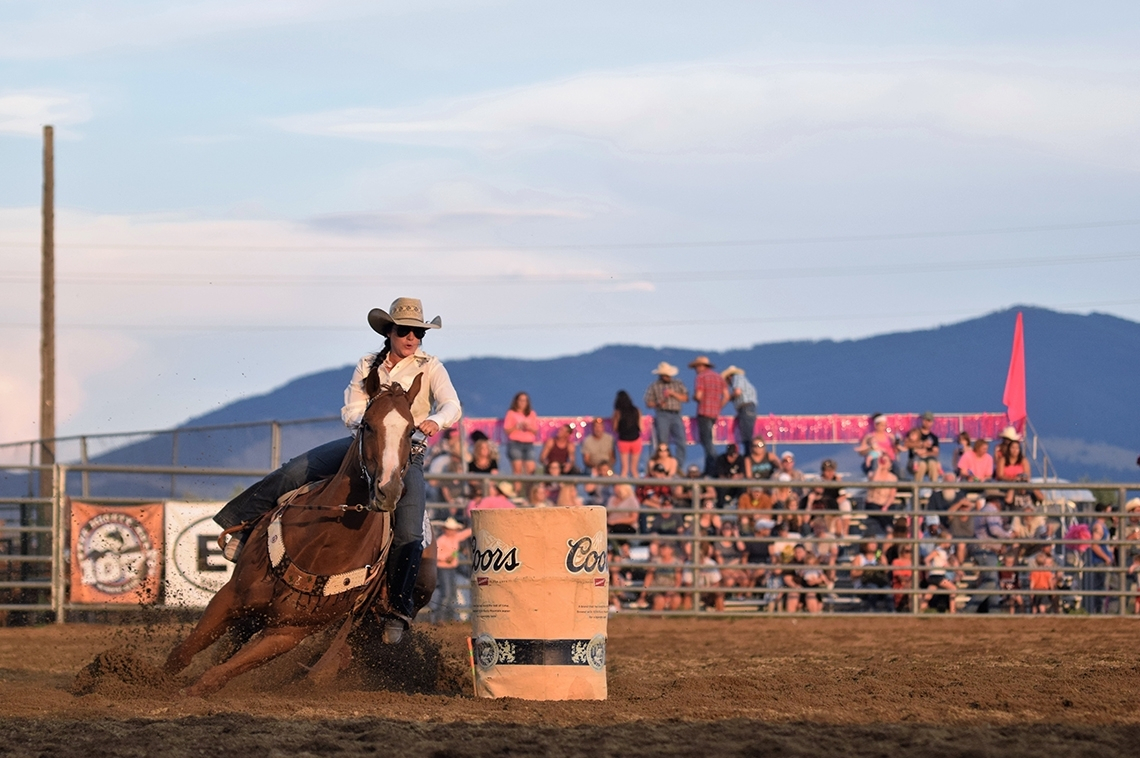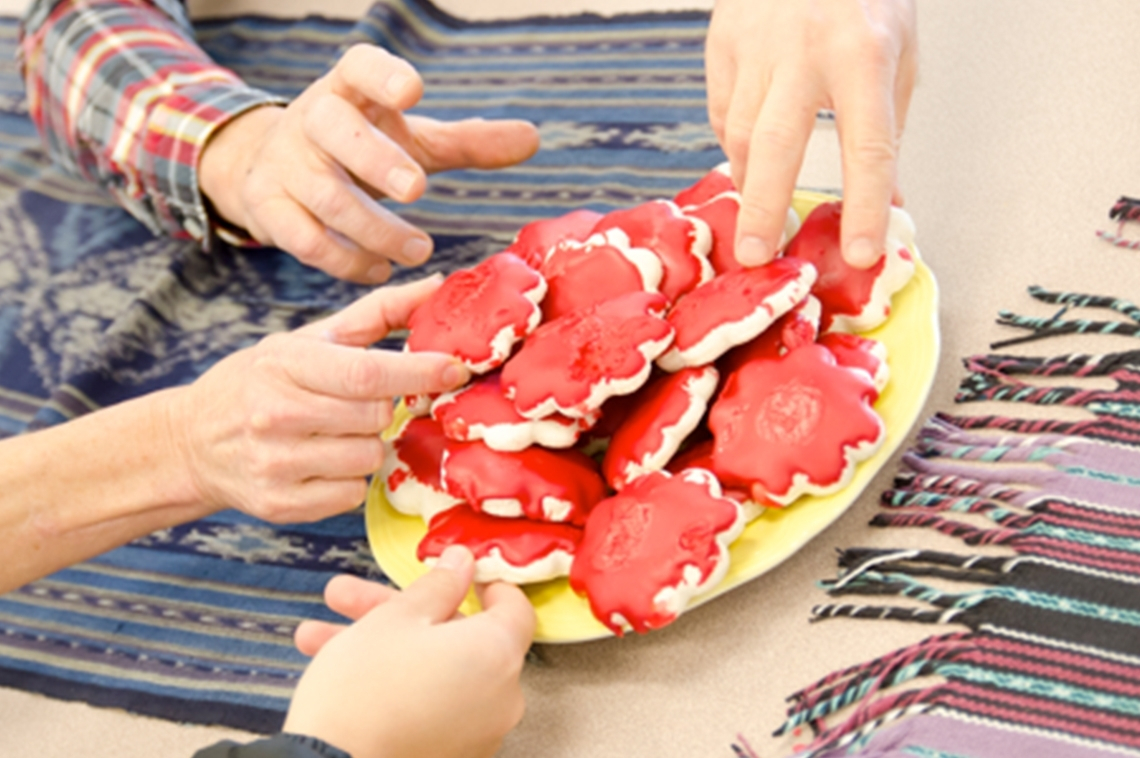

This month, the ArtPlace blog’s theme is “how artists make change happen.” We’ve explored this concept through conversations between expert panelists and audiences; case studies of artists anchoring successful capital building projects; and an illustrated list of the many ways in which storytelling can break stereotypes and build empathy to fuel progress.
Last month, at the ArtPlace 2019 Annual Summit, we saw many shining examples of artists making change, from the storytellers of Sipp Culture in Mississippi to the culture bearers of First Peoples Fund in South Dakota.
Last year, after our 2018 Summit, the National Performance Network (NPN) published a piece by Krys Holmes, Executive Director of cultural venue (and ArtPlace grant recipient) The Myrna Loy in Helena, Montana, titled “Art at the Center of Civic Planning.”
Holmes’s insights lift up and connect our June theme and much of the raison d'être and content of our annual Summits:
“Creative placemaking puts artists in the center of civic planning to help solve complex problems: transportation issues, public safety, inequities, land-use conflicts, neighborhood disputes. [At the Summit,] it was exciting to be around people developing best practices for this new field that is so different from arts presenting and curating.
“Artists are used to dancing in the complexity. We like to make something where nothing exists; to explore new language around a struggle; to listen profoundly; to create new ways to see the world. Why not put artists in problem-solving roles?
"What intrigues me about creative placemaking is what I loved about Church growing up: it facilitates communities sticking it out together because they believe in something bigger than their individual selves. I think this work—creating connectedness that is grounded in a place—is critical to healthy society. Only with creative placemaking it’s art, rather than religion, that is the gateway to transformation.
"In a nation so painfully factious, using our creative superpowers to build community around a city block, a river, a wall, a highway, or a town seems like powerful peacemaking."
- Click over to the NPN website to read Holmes’s thoughts in their entirety.
- Learn more about her organization’s East Helena Food/Culture Hub via ArtPlace and The Myrna Loy’s website.





